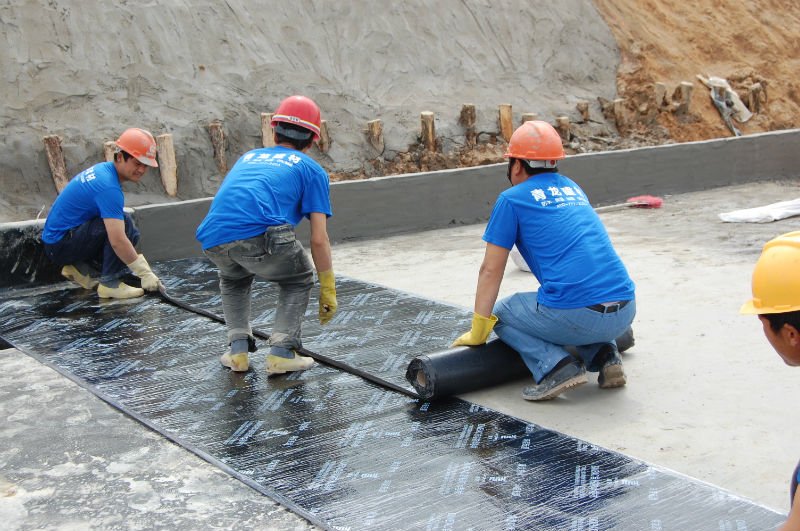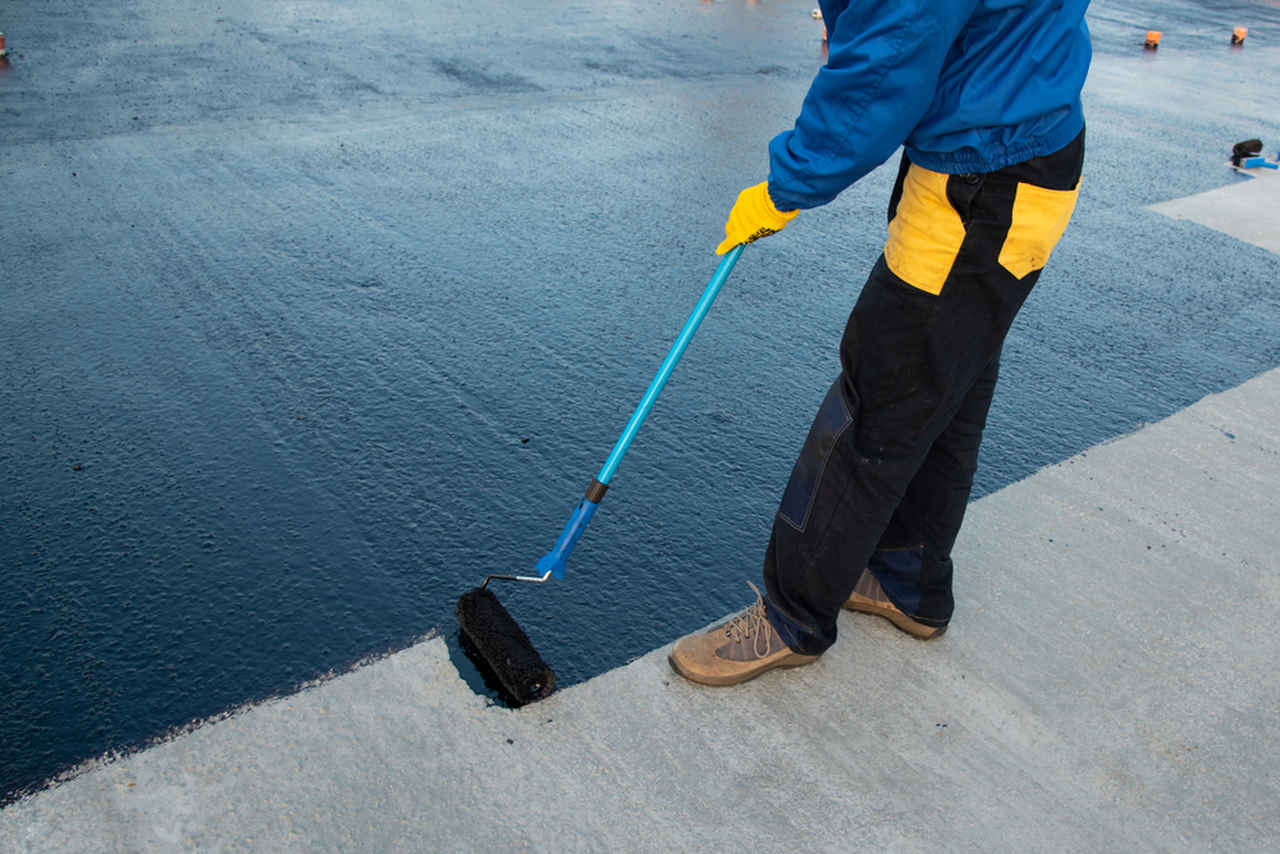5 DIY Fails About Water Solutions Omaha You Should Avoid
Sorts of Waterproofing: Discovering the Different Methods and Their Applications
Waterproofing is an essential element of building and construction and maintenance. It safeguards structures from the harmful results of water damages. There are numerous techniques readily available, each with its one-of-a-kind applications and benefits. From membrane layer systems to cementitious options, recognizing these options is important for reliable execution. The choice of waterproofing technique can substantially affect sturdiness and durability. Checking out these numerous methods discloses their unique benefits and prospective difficulties, prompting more consideration of suitable options.
Membrane Layer Waterproofing Solutions
Membrane layer waterproofing systems function as a vital obstacle versus water breach in different frameworks. These systems typically consist of slim sheets made from products like rubber, polycarbonate, or bitumen, which are applied to surface areas to stop wetness infiltration. They can be installed above or below grade and are especially reliable in areas susceptible to high water direct exposure, such as basements, roofings, and foundations.The setup procedure involves cleansing the substratum, applying adhesives or guides, and specifically suitable the membrane to guarantee full coverage. Membrane layer systems can be either totally adhered, mechanically connected, or laid loose, depending upon the particular needs of the project. They supply durability and flexibility, accommodating architectural motions without endangering their waterproofing abilities. These systems can be reinforced with additional layers for boosted security. Eventually, membrane waterproofing systems are necessary for guarding frameworks against water damage and keeping long-lasting integrity.
Liquid-Applied Waterproofing Coatings
Liquid-applied waterproofing finishes provide a flexible solution for safeguarding surfaces from water infiltration - Yard drainage Omaha. These coatings include liquid materials that, when used, develop a smooth, flexible membrane layer. Their flexibility enables application on various substrates, including concrete, metal, and wood. The finishes can be used in varied environments, from property to industrial setups, making them appropriate for roofs, foundations, and below-grade structures.One significant advantage of liquid-applied coverings is their capability to adapt to irregular shapes and pass through splits, creating a durable obstacle versus dampness. They frequently exhibit superb attachment homes and resistance to UV radiation, ensuring durability and sturdiness. In addition, the application procedure is typically straightforward, enabling fast installment and reduced labor costs. This technique also minimizes the threat of water merging, as the continuous layer properly directs water far from vulnerable areas. In general, liquid-applied waterproofing finishes are an efficient selection for complete water defense
Cementitious Waterproofing Solutions

Cementitious waterproofing remedies offer a robust choice for frameworks requiring trusted wetness protection. These systems mainly use a blend of concrete, sand, and chemical additives to produce a waterproof barrier. They are commonly put on surfaces such as concrete walls, foundations, and floorings, offering a long lasting, durable protection versus water intrusion.One of the key benefits of cementitious waterproofing is its simplicity of application; it can be applied using a brush, roller, or spray, making it suitable for various job dimensions. Additionally, this approach works with several surface areas and can her response typically be made use of along with other waterproofing techniques.Cementitious services are especially effective in settings where water direct exposure is a concern, such as cellars or below-grade structures. Their excellent attachment properties guarantee that they bond well with substrates, giving a solid and impermeable layer against dampness infiltration.
Bentonite Waterproofing
Bentonite waterproofing is a very efficient approach that uses sodium bentonite clay to create a natural obstacle against water. This strategy manipulates the special buildings of bentonite, which expands upon call with water, sealing any type of prospective leakages and stopping dampness seepage. It is generally utilized in various applications, consisting of structure wall surfaces, passages, and retaining wall surfaces, where water resistance is essential.Bentonite can be applied in several forms, such as panels or coverings, supplying versatility in installation. Its capability to self-seal makes it an attractive choice navigate to this site for locations subject to moving soil or ever-changing water levels. Furthermore, bentonite waterproofing is environmentally friendly, as it is a natural material that does not present hazardous chemicals into the surroundings.
Drain and Outside Waterproofing Equipments
Efficient waterproofing commonly entails a mix of strategies, consisting of drain and external systems. Water drainage systems, such as French drains pipes and sump pumps, are made to redirect water far from frameworks, decreasing hydrostatic stress against foundations. These systems are important in avoiding water build-up that can result in architectural damage and mold growth.External waterproofing, on the various other hand, includes using protective barriers to the structure's outside. Strategies such as the setup of waterproof membranes, layers, or sealants can help avoid water infiltration. This technique not only secures the structure yet likewise improves the total longevity of the structure.Together, drainage and exterior waterproofing systems develop an extensive option to manage water properly. By executing these approaches, homeowner can protect their financial investments versus the damaging effects of wetness, making certain lasting stability and security for their buildings.
Often Asked Concerns
Exactly how Do I Select the Right Waterproofing Method for My Job?
Choosing the ideal waterproofing method depends on elements such as project type, residential waterproofing ecological conditions, spending plan, and preferred long life. Reviewing these facets enables for notified decisions customized to details requirements and demands.

Can Waterproofing Be Applied in Cold Weather Condition Issues?
Waterproofing can be applied in cold weather condition problems, but it needs certain materials and techniques. Cold temperature levels might affect healing times and bond, demanding careful option of items made for low-temperature application.
What Are the Typical Signs of Waterproofing Failure?
Common signs of waterproofing failing include visible water stains, peeling paint, wet smells, mold development, and cracks in walls or structures. Sump pump discharge drainage Omaha. These signs suggest that wetness is penetrating the barrier, jeopardizing its effectiveness
The Length Of Time Does Waterproofing Last Before Needing Upkeep?
The durability of waterproofing differs, generally lasting between 5 to 10 years. Variables such as worldly top quality, ecological problems, and maintenance methods affect its durability, demanding regular assessments to guarantee effective defense against water breach.
Exist Eco-Friendly Waterproofing Options Available?
The question of green waterproofing options reveals a growing interest in lasting products (Water Solutions Omaha). Various all-natural substances, such as plant-based sealers and recycled products, offer efficient solutions while minimizing ecological impact, attracting eco conscious customers